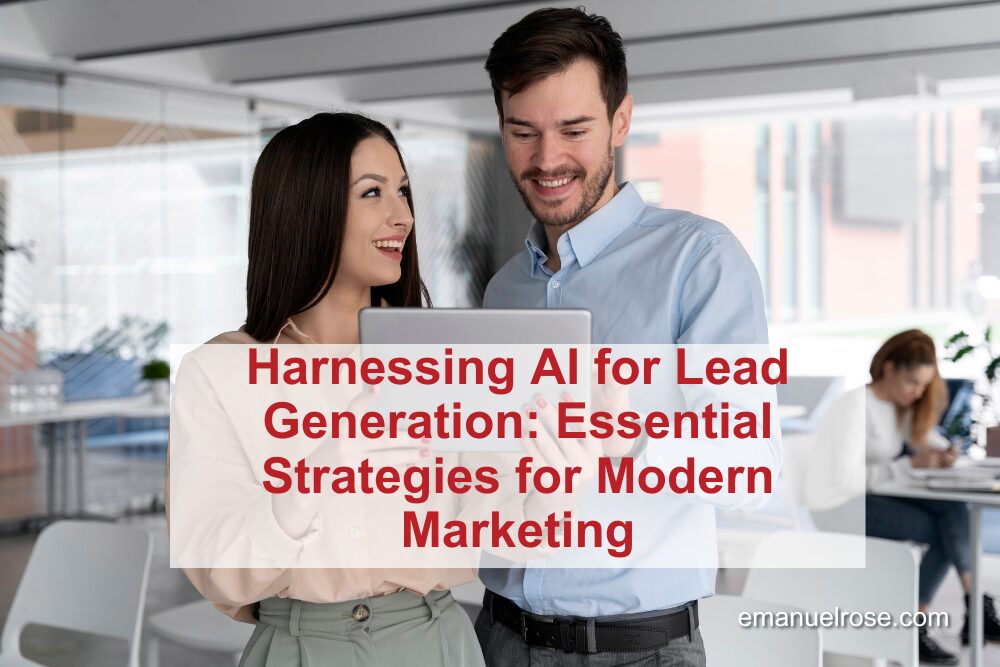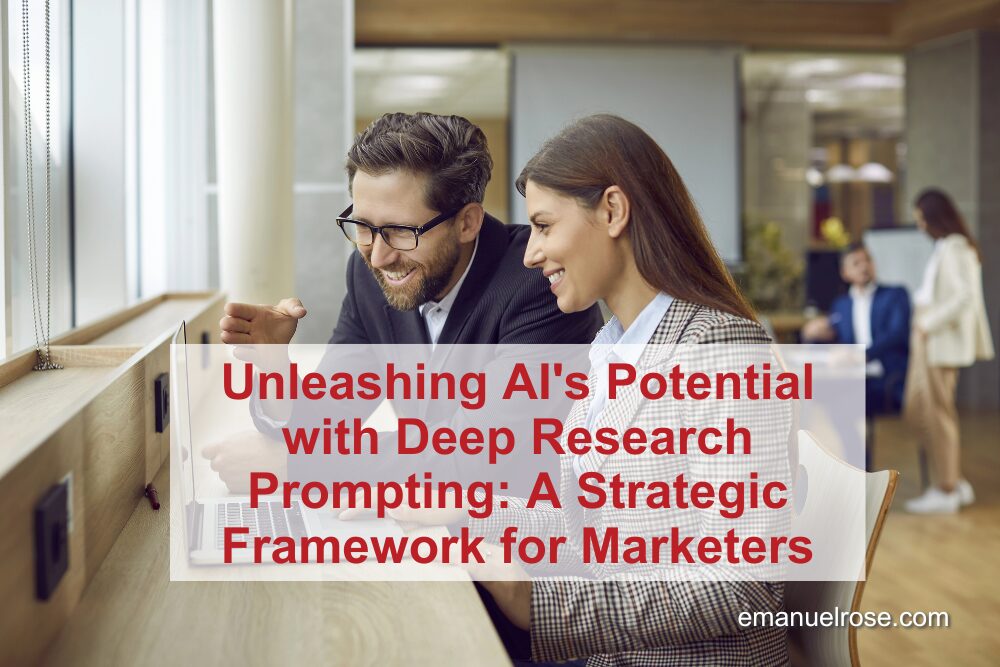Unlocking Marketing Potential: How AI is Shaping Recruitment Strategies
https://youtu.be/ym_M8dHqPCA The integration of artificial intelligence in marketing isn’t just a trend; it’s revolutionizing how businesses operate and recruit top talent. Conversations about AI’s role in business strategy increasingly underscore its necessity for companies wanting to retain a competitive edge. Embracing AI for Enhanced Efficiency One of the most profound insights shared by Anil Yasyerli, founder of a specialized recruiting agency for Latin American marketers, revolves around how AI enables businesses—especially smaller operations—to “punch above their weight.” According to Anil, “I don’t believe I could do what we do today without the use of automation and AI.” This statement encapsulates the transformative power of AI, streamlining processes that were once resource-intensive and permitting companies to operate efficiently without the need for sprawling teams. Leaders should explore tools like Zapier for task automation and outbound communication, or data enrichment tools such as Clay. These platforms enable streamlined outreach, allowing for personalization at scale. By integrating these solutions into existing workflows, businesses can maximize productivity and refine their recruitment processes. Adopting Asynchronous Interviewing Anil’s approach to interviews serves as a compelling model. He highlights how asynchronous interviews enable scalability in candidate screening, thereby increasing efficiency while maintaining a personal touch. Rather than traditional interview formats, utilizing recorded interviews along with AI tools to analyze candidates against job descriptions can draw a clearer picture of potential fits. Organizations can instantly align skills with needs, minimizing hiring time while enriching talent quality. These concepts can be effectively implemented by leveraging systems that are already part of many firms’ tech stacks. For example, integrating recorded interview responses with platforms like OpenAI for analysis can yield a robust method for identifying strong candidates, thus enhancing the recruitment strategy. Industry-Wide Implications of AI Integration Across diverse industries—from B2B SaaS startups to DTC eCommerce firms—AI’s impact is multifaceted. According to Anil, the efficient alignment of marketing and recruitment strategies through AI is equally transformative. Companies that harness these innovations can expect not only operational efficiency but also expedited hiring processes, ultimately leading to increased revenue generation. Industries are compelled to adapt their traditional practices, creating a ripple effect on marketing operations and personalizing customer experiences. The evolving landscape demands a reimagined approach to how brands engage with candidates and customers alike, shaping future-proof strategies. Next Steps for Marketing Leaders For leaders contemplating AI integration, a practical first step is to evaluate current workflows with an eye toward identifying opportunities for automation. Testing platforms like Clay or adopting asynchronous interviewing methods can provide immediate relief from time-consuming processes. Marketers need to remain agile, continually reassessing how AI can enhance their operations and engagement strategies. Guest Spotlight: Anil Yasyerli: linkedin.com/in/anilyasyerli/ Company: HireBright Watch the podcast episode featuring Anil Yasyerli: youtu.be/ym_M8dHqPCA
Unlocking Marketing Potential: How AI is Shaping Recruitment Strategies Read More »










